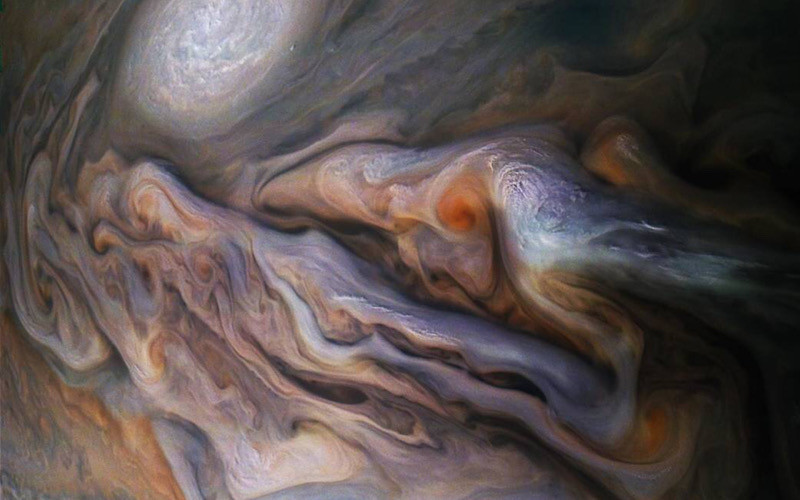 ,
, 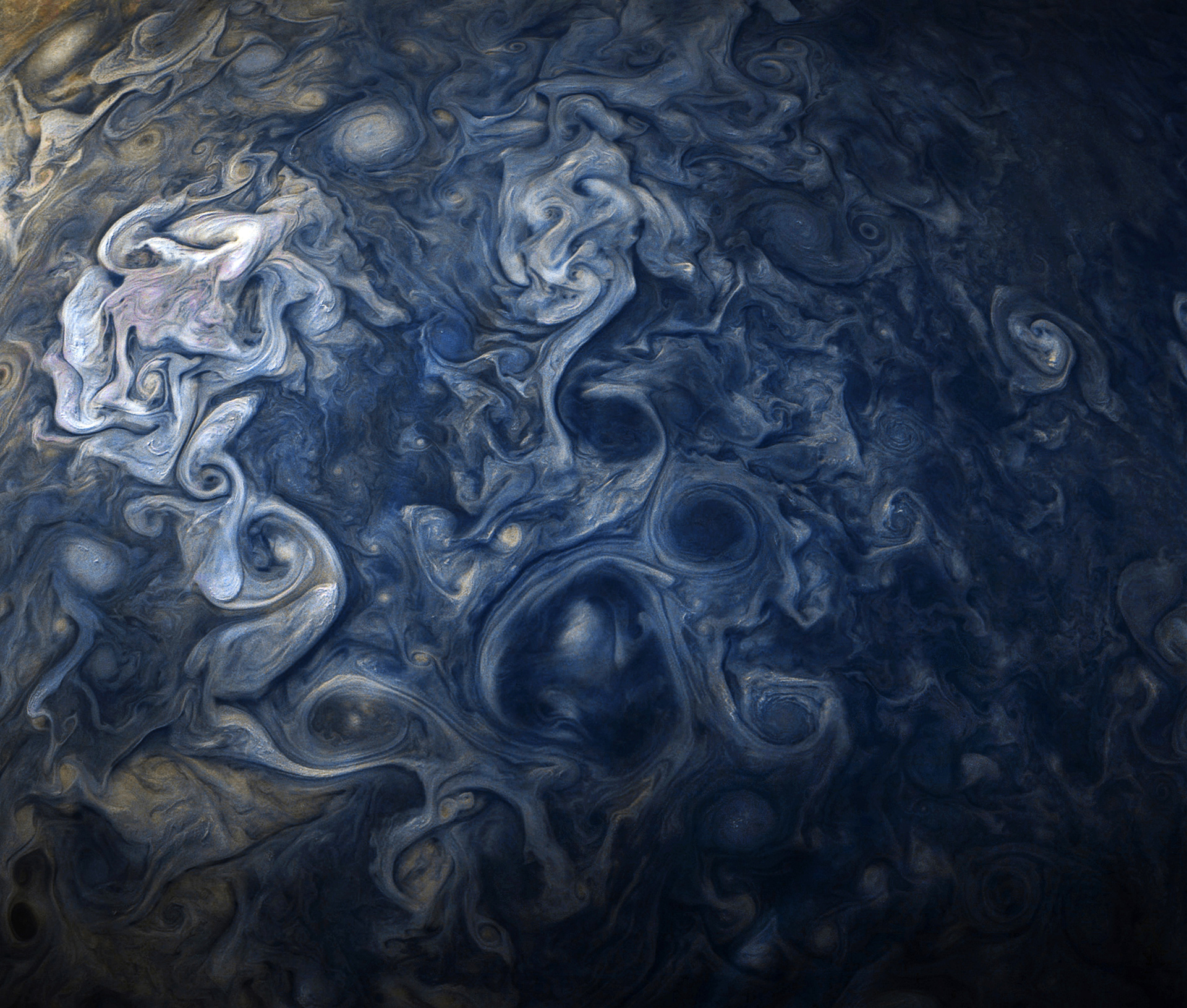 ,
, 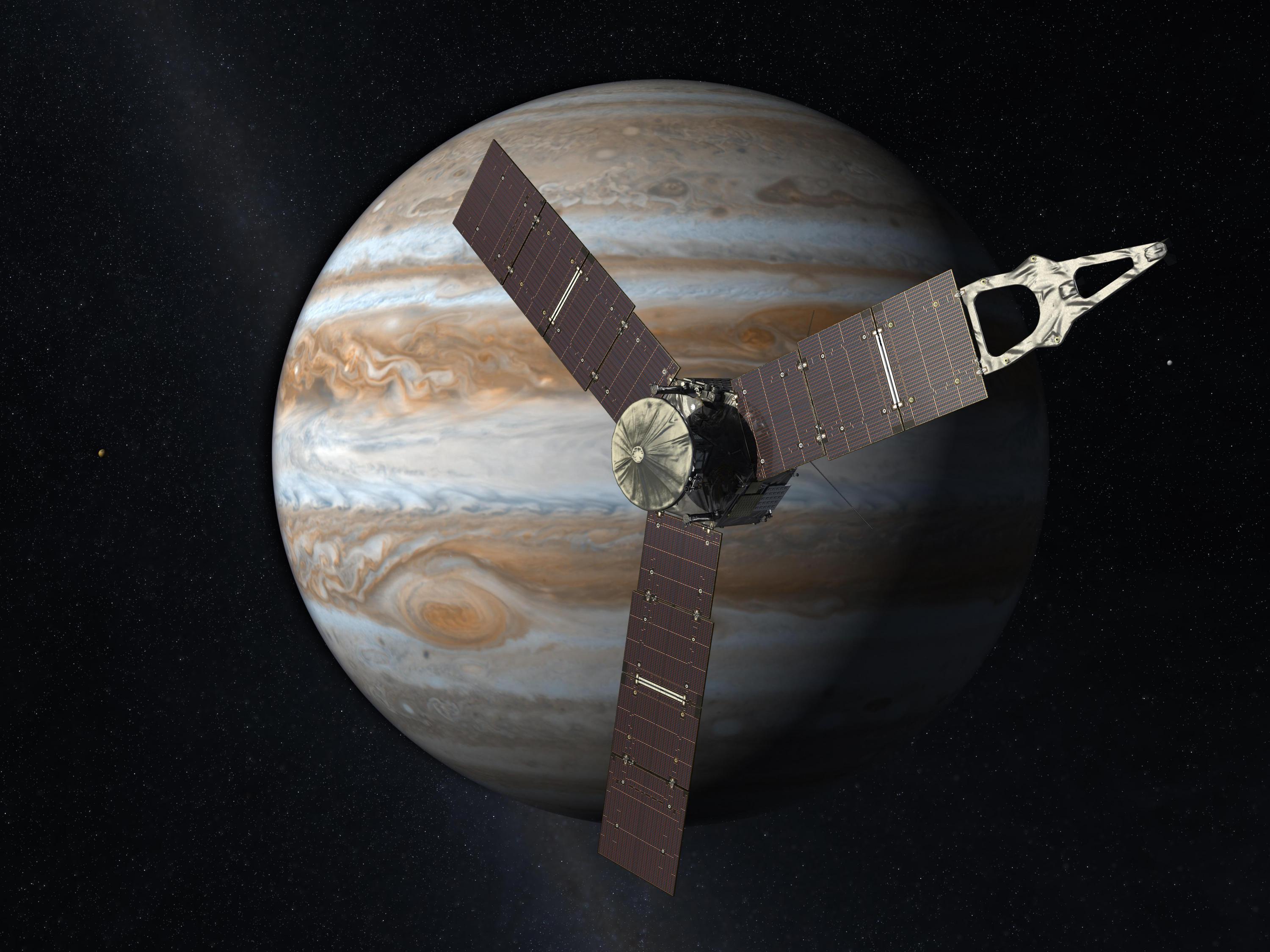 ,
, 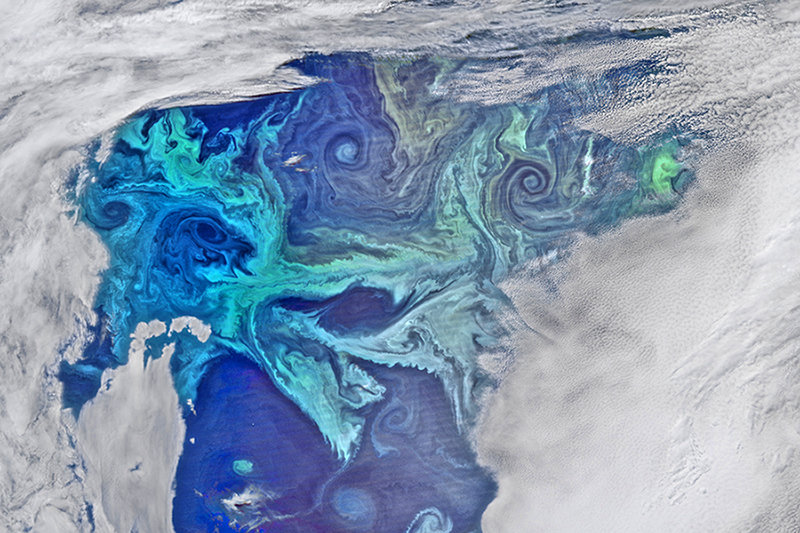 ,
, 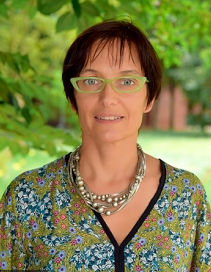
Dipping a Toe in Jupiter’s Atmospheric ‘Oceans’ and Polar Cyclones
<>New NASA satellite images of polar cyclones on Jupiter are helping Annalisa Bracco and a network of fellow scientists understand the forces and fluid dynamics that drive these unique weather patterns.
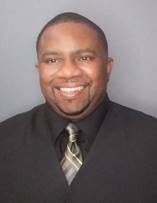
College of Sciences Hires First Career Educator
<>James Stringfellow, an employment specialist with experience helping Atlanta’s veterans and entertainment industry, will now assist College of Sciences students and instructors with career mapping, planning, and workforce issues.
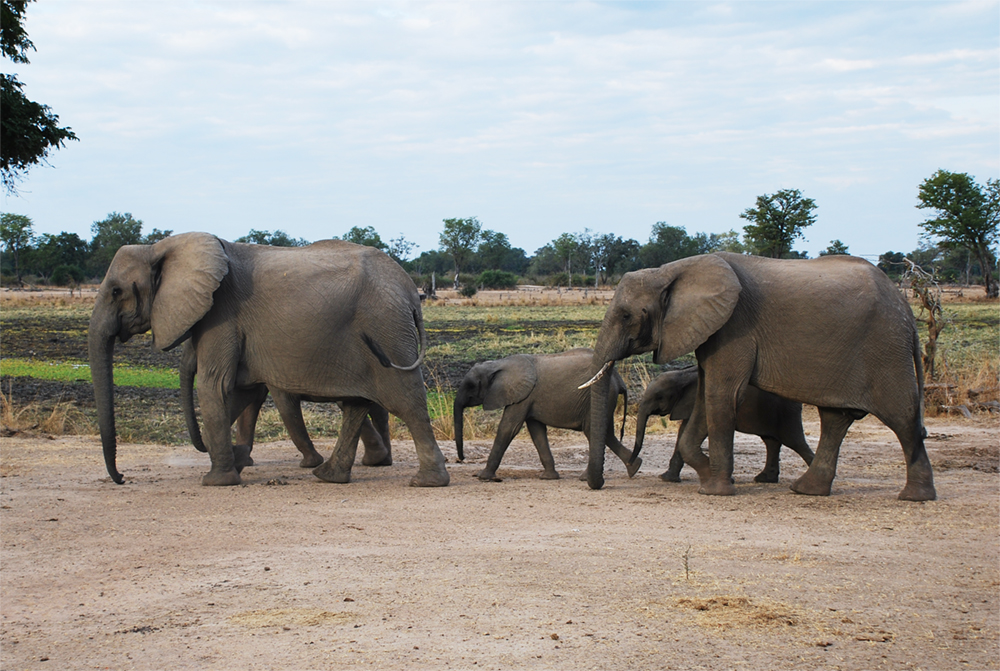 ,
, 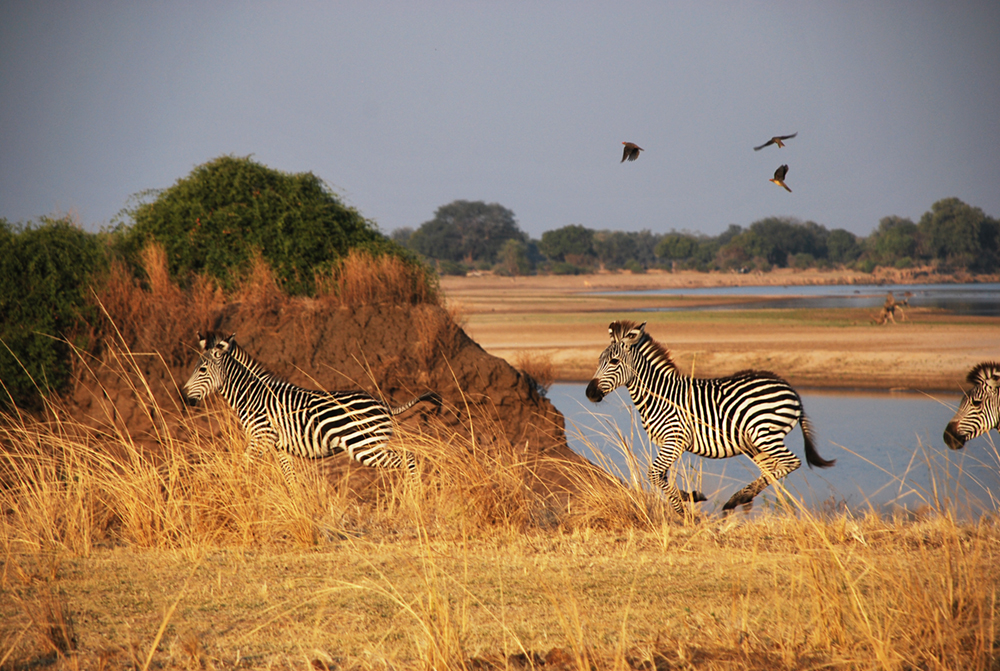 ,
, 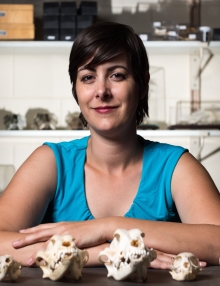 ,
, 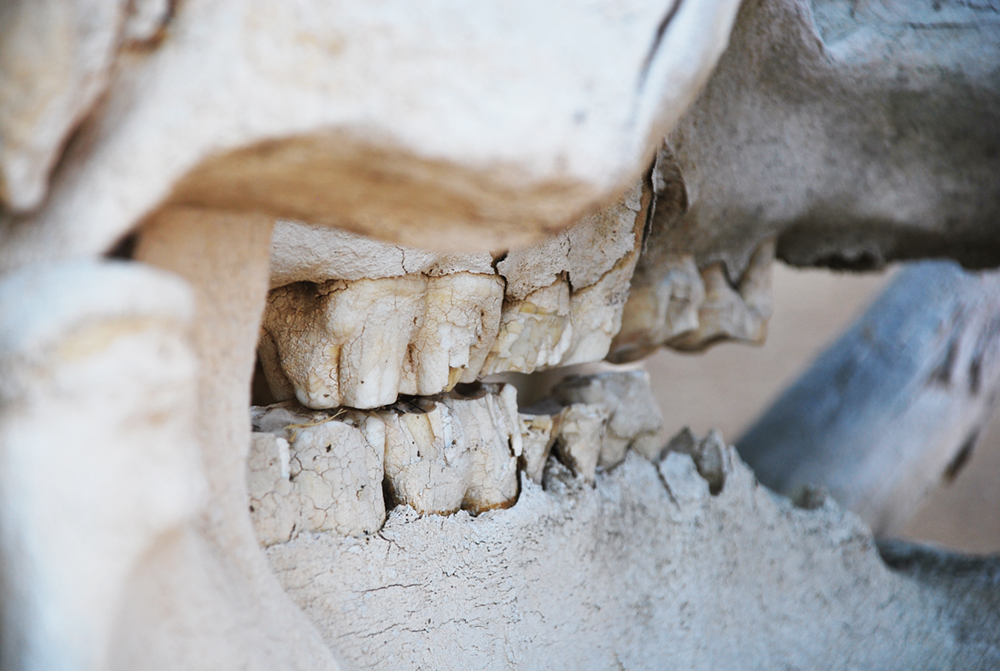 ,
, 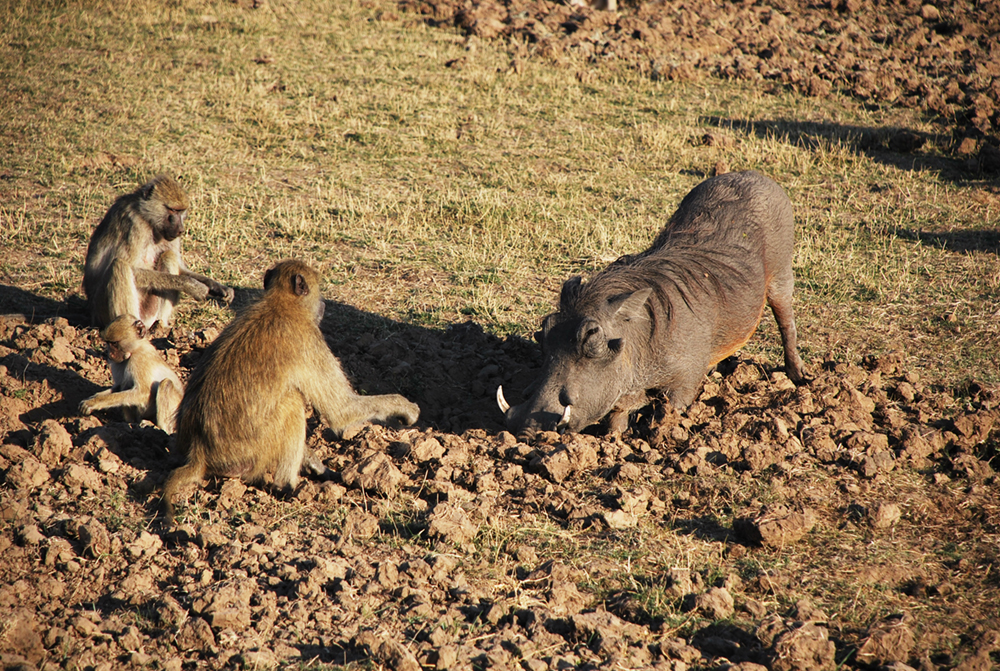 ,
, 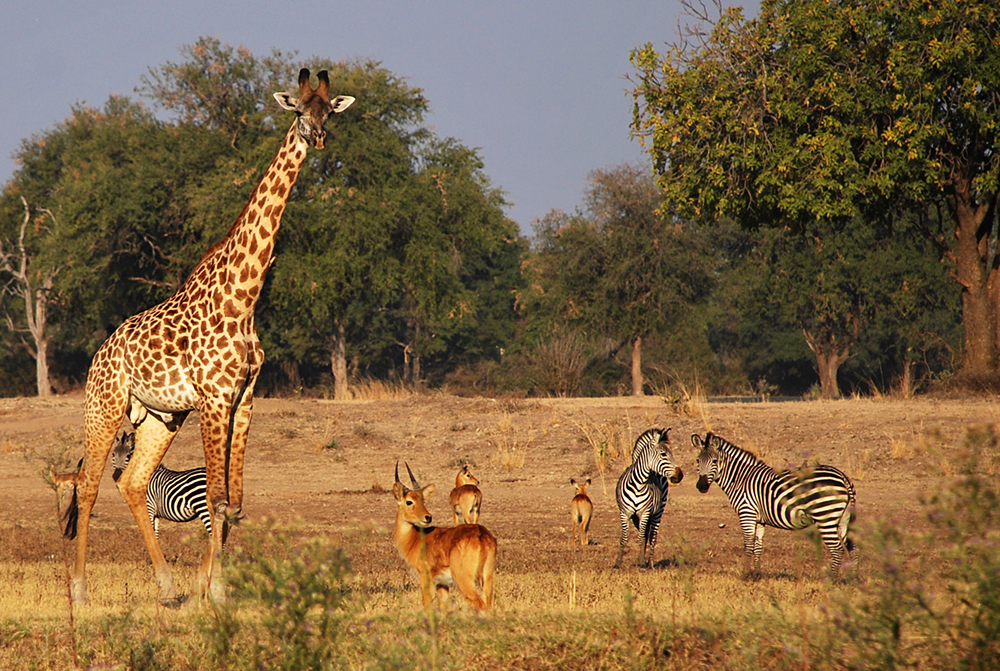 ,
, 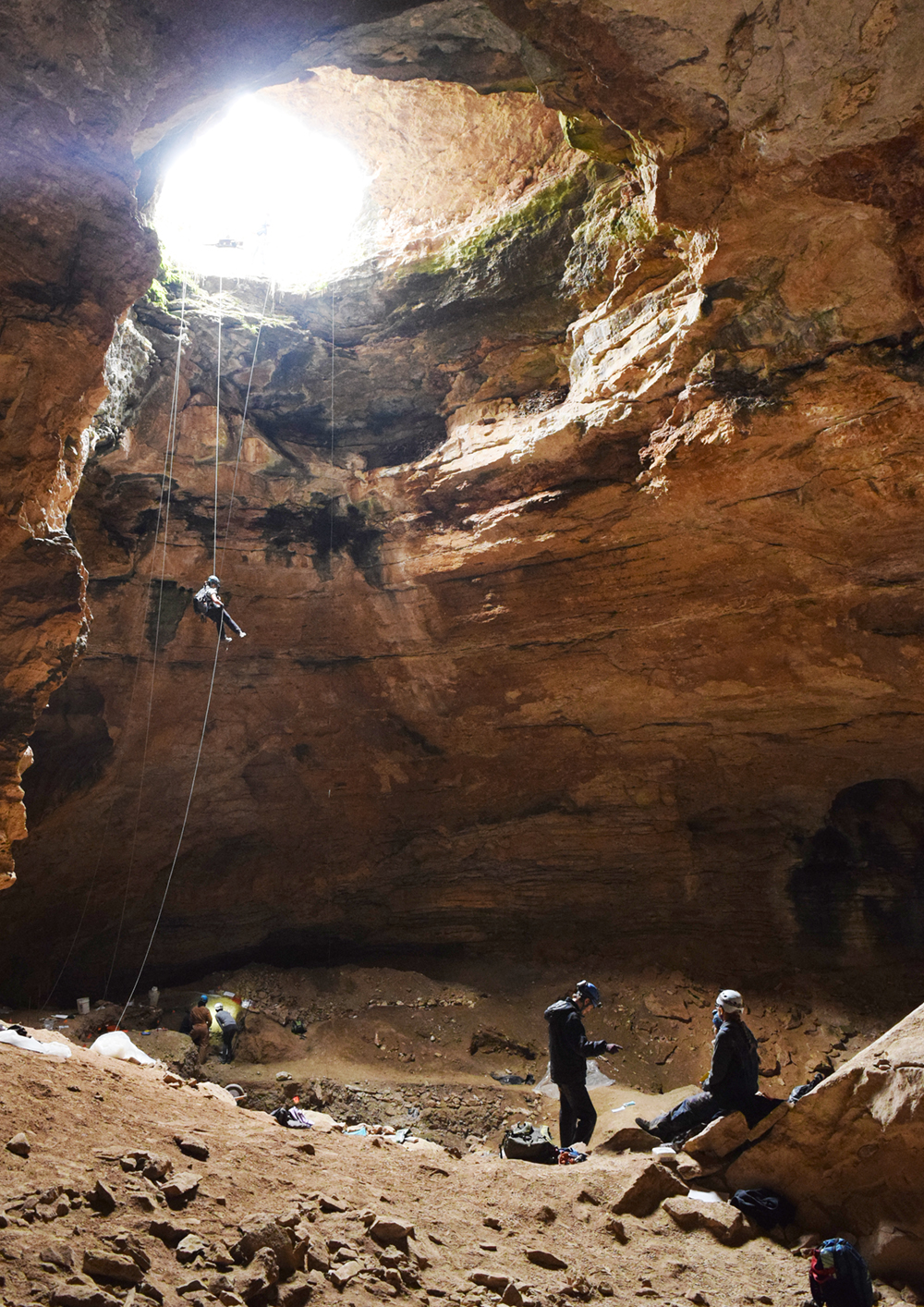 ,
, 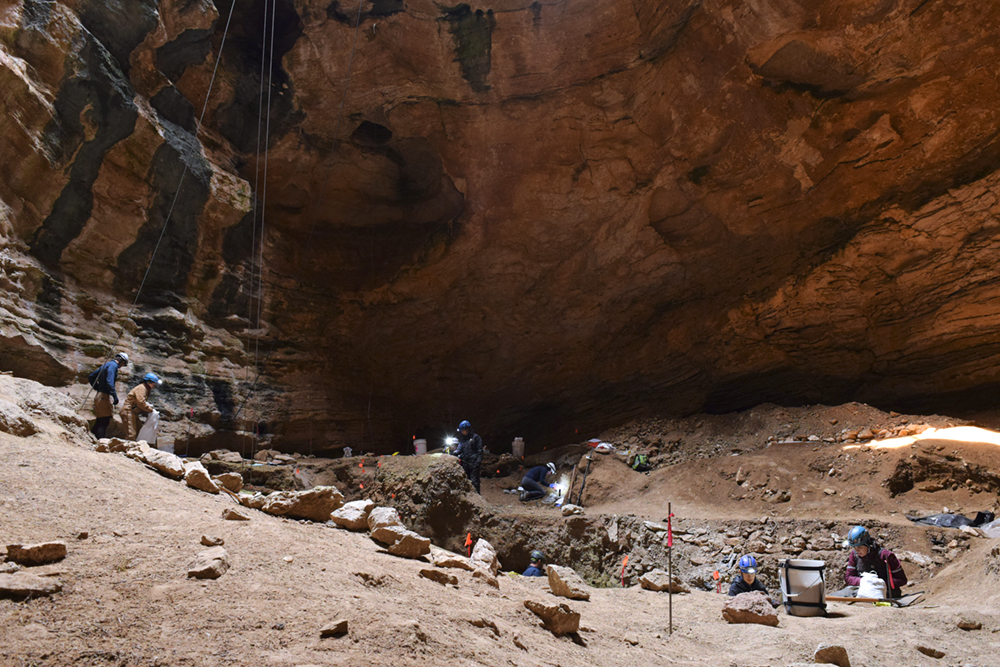
Focus on Fossils: Paleobiologists to Unearth Ancient Megafauna in East Africa, Forecast How Humans and Climate Affect Wildlife
<>Jenny McGuire will study Africa's fossil record to inform conservation biology decisions and forecast how humans and climate affect wildlife — building a better understanding between animals, physical traits over time, response to environmental changes.
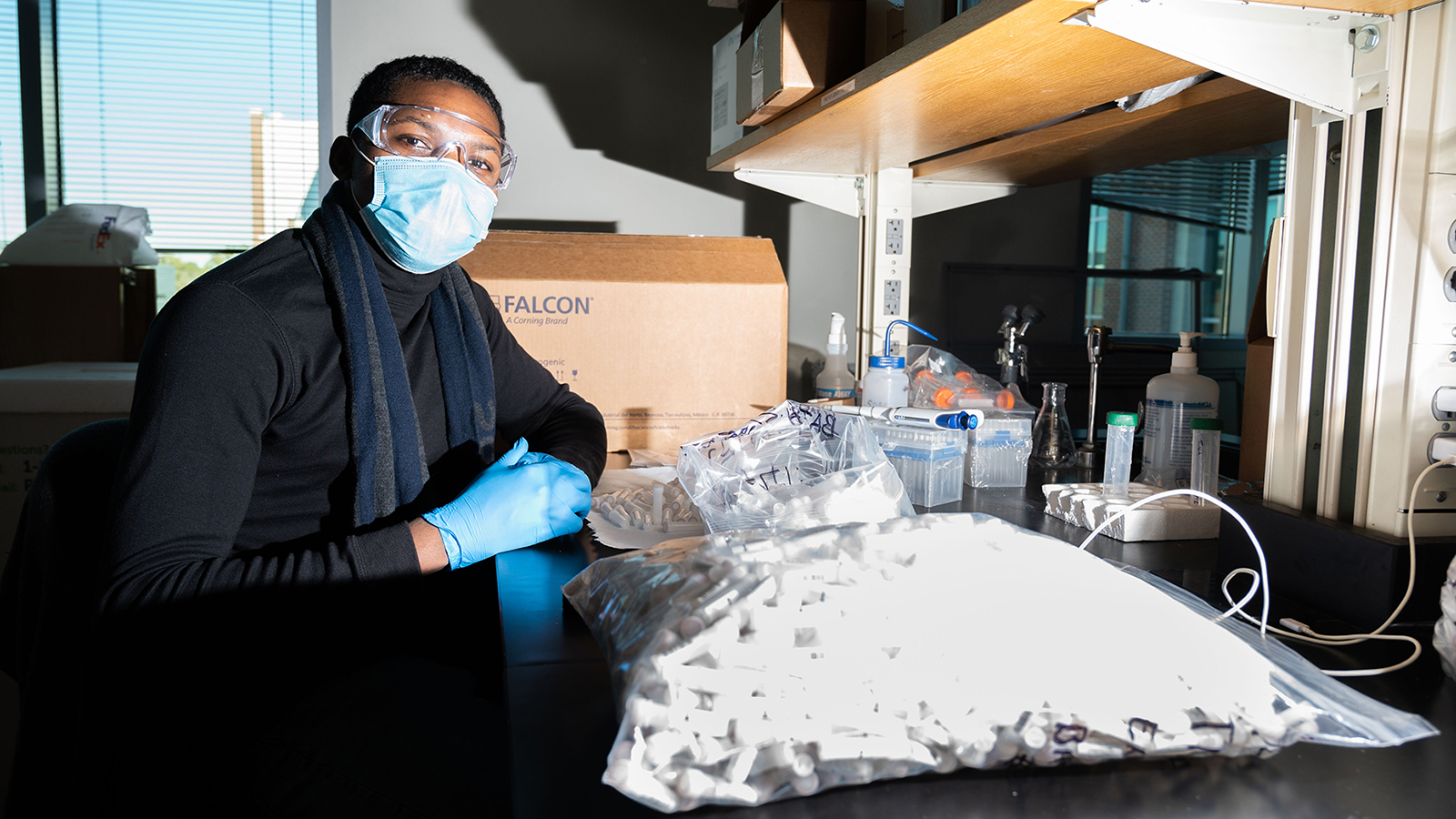
Taking Precautions as Covid-19 Cases Rise
<>As of this week, the omicron variant makes up the majority of new coronavirus cases in the U.S.

Ocean Sciences and Engineering Celebrates First Graduate
<>Minda Monteagudo is a one-of-a-kind student, literally. She is the first student to ever graduate with a Ph.D. in ocean sciences and engineering from Georgia Tech.
Getting to the Root of Plant-Soil Interactions: Optical Instrument to Give Clearest 3D Images Yet of Rhizosphere
<>Georgia Tech scientists and engineers are building a new DOE-funded instrument that captures 3D images of plant-microbe chemical reactions underground in an interdisciplinary effort to develop biofuels and fertilizers — and help mitigate climate change.
 ,
,  ,
, 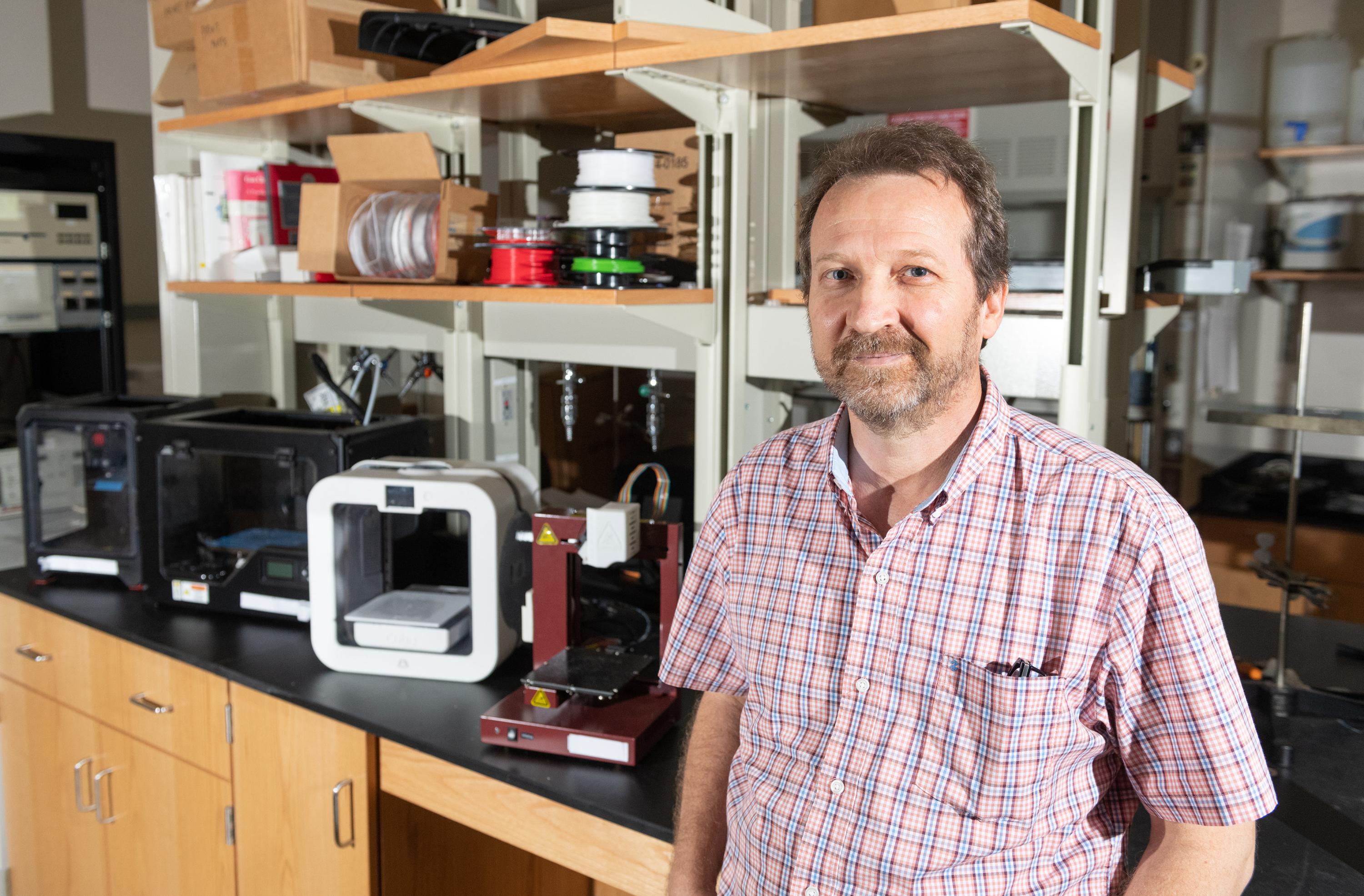
Long-term Exposure to Air Pollution May Increase Risk of Alzheimer’s, Other Neurological Disorders
<>School of Earth and Atmospheric Sciences researchers show connections to traffic emissions as chief cause
 ,
, 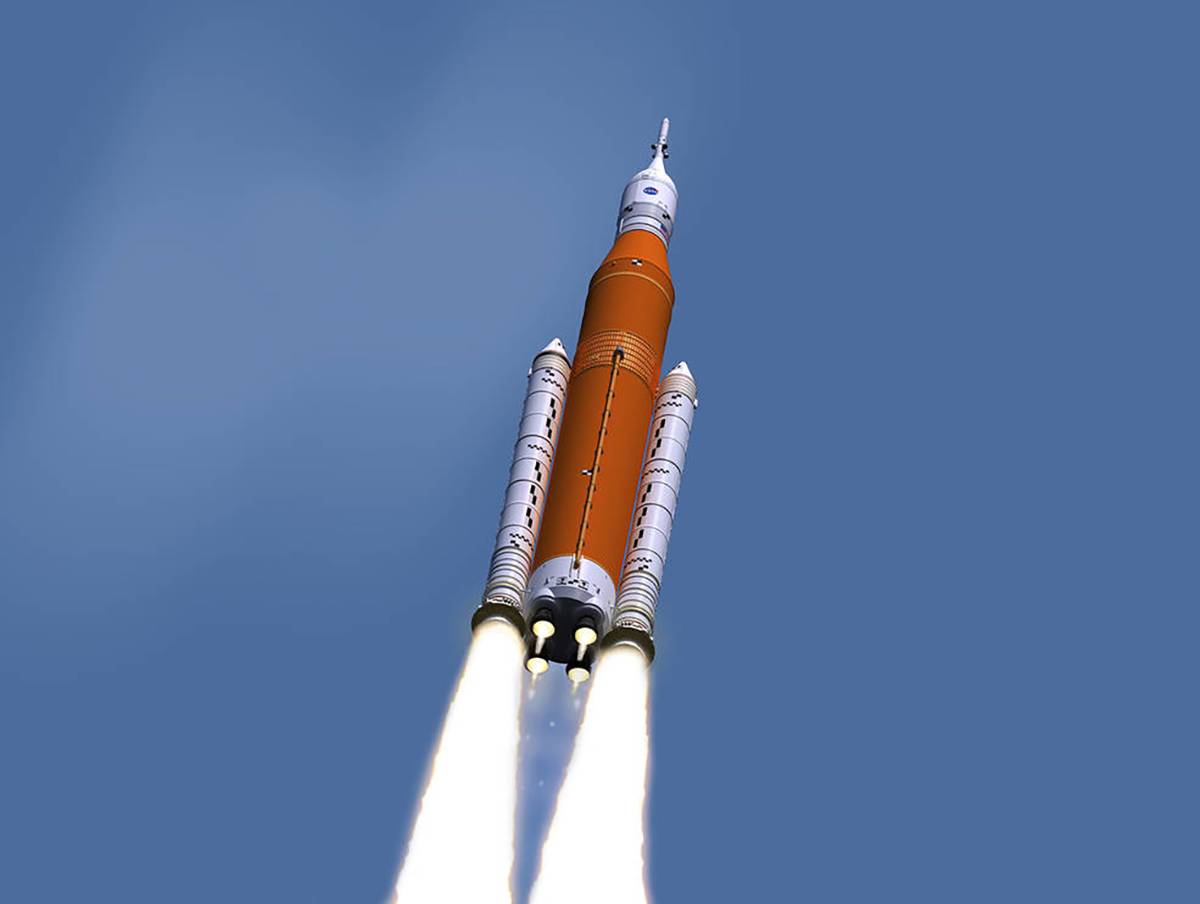 ,
, 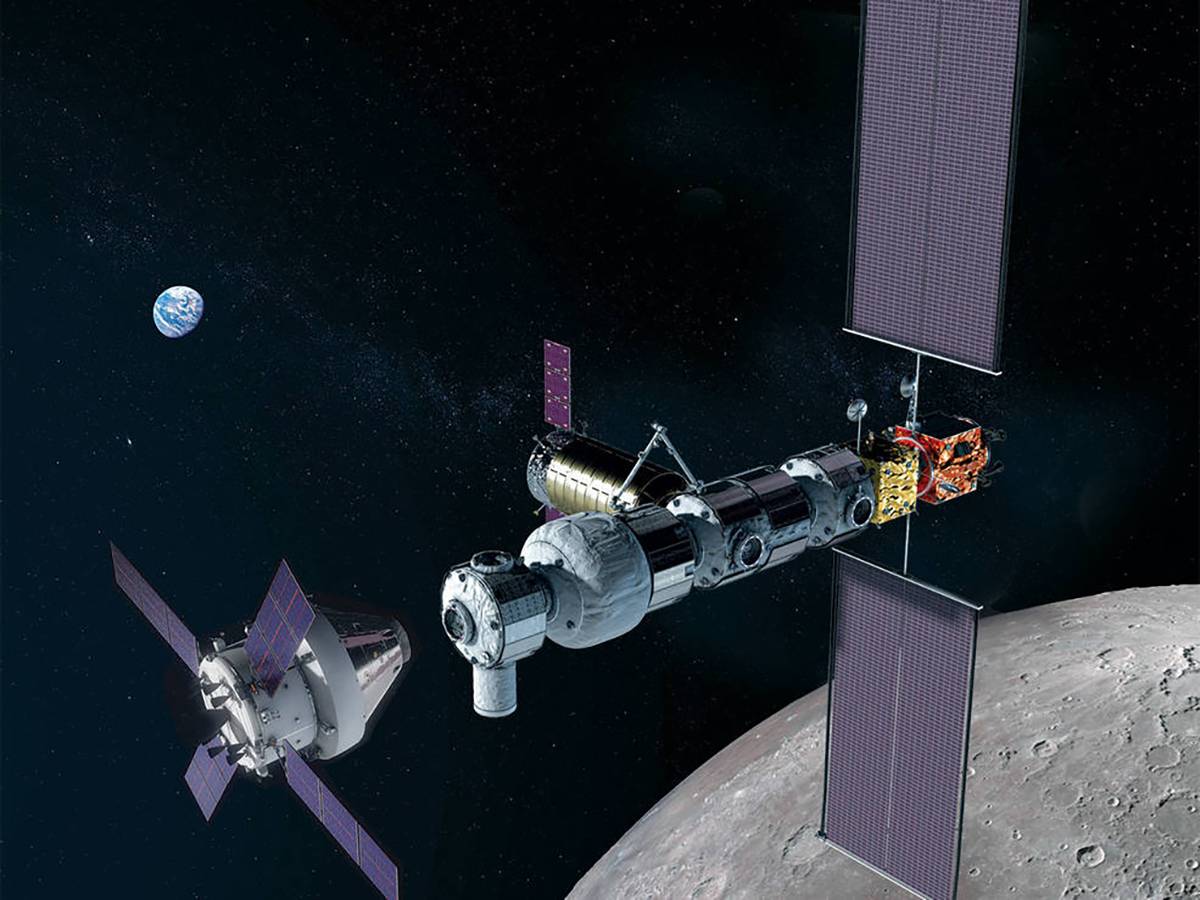 ,
, 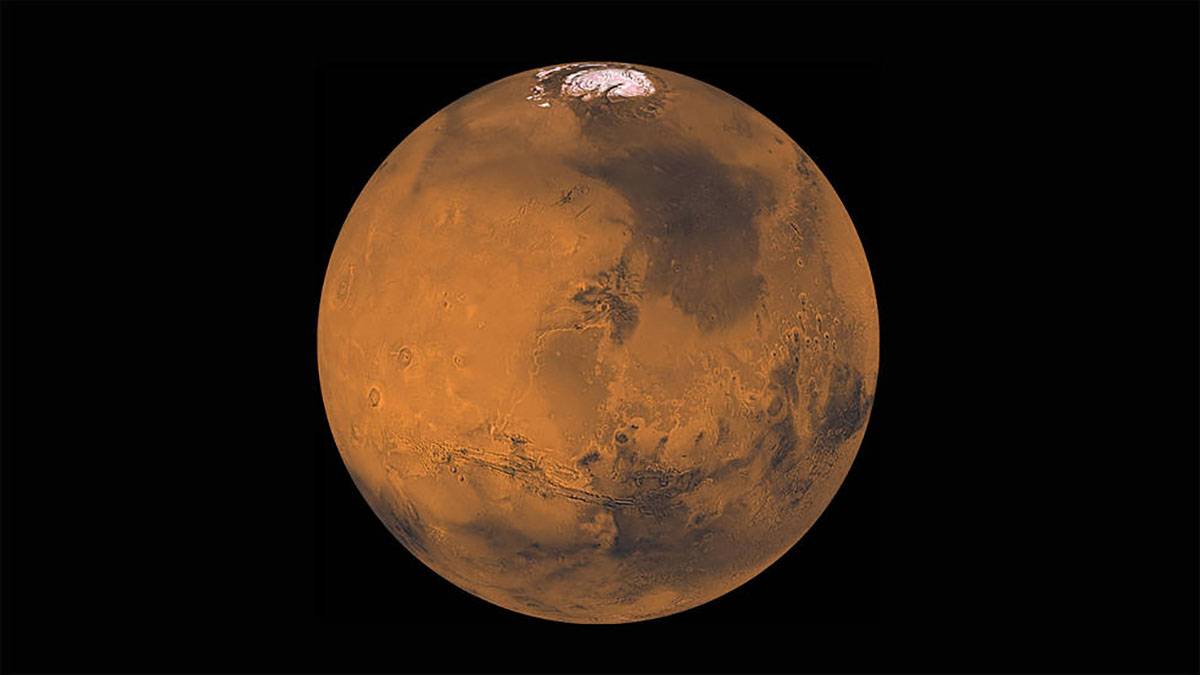 ,
, 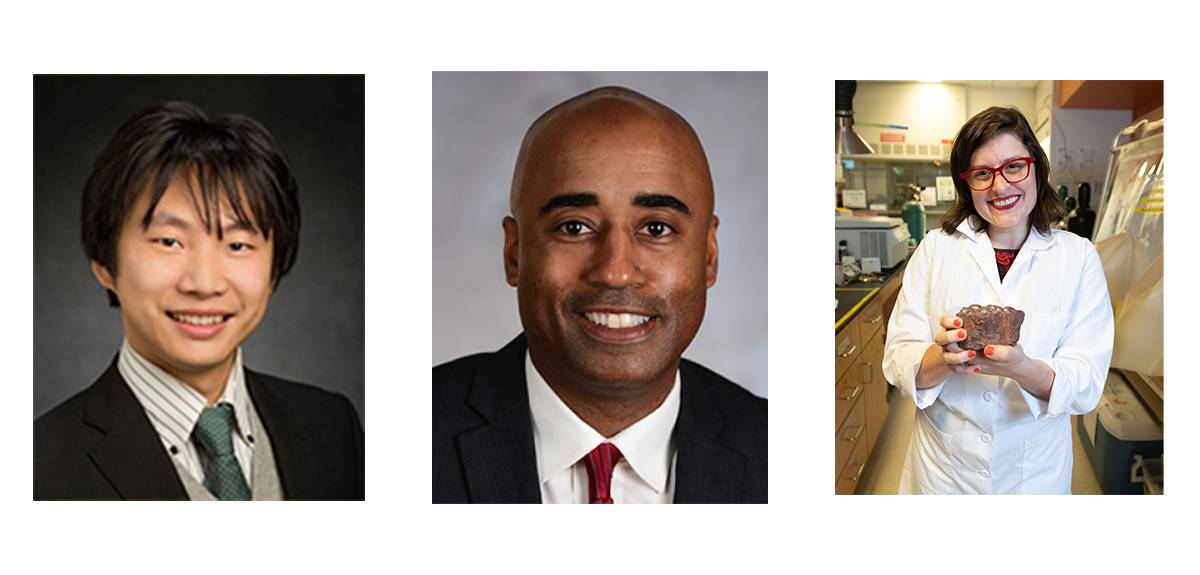
The Future of Space Exploration
<>Georgia Tech points to what’s next, and how the Institute will contribute. “Discovering life beyond Earth would fundamentally change humanity’s perspective on our place in the universe,” says Earth and Atmospheric Sciences' Jennifer Glass.
College of Sciences Adds Satellite Counselor
<>Satellite counselor Tara Holdampf will provide confidential consultations and support for students, virtually and from the Molecular Science and Engineering Building
Tech Fee Funds Next-Level Lab Instruments, Equipment, Resources for College of Sciences Students
<>Learn about new Tech Fee-powered equipment and resources, and hear from Analytical Chemistry Lab instructors about how they’re using new instruments to advance their curriculum and the impact of these on students' career preparation.
Pagination
- Previous page
- 20 Page 20
- Next page